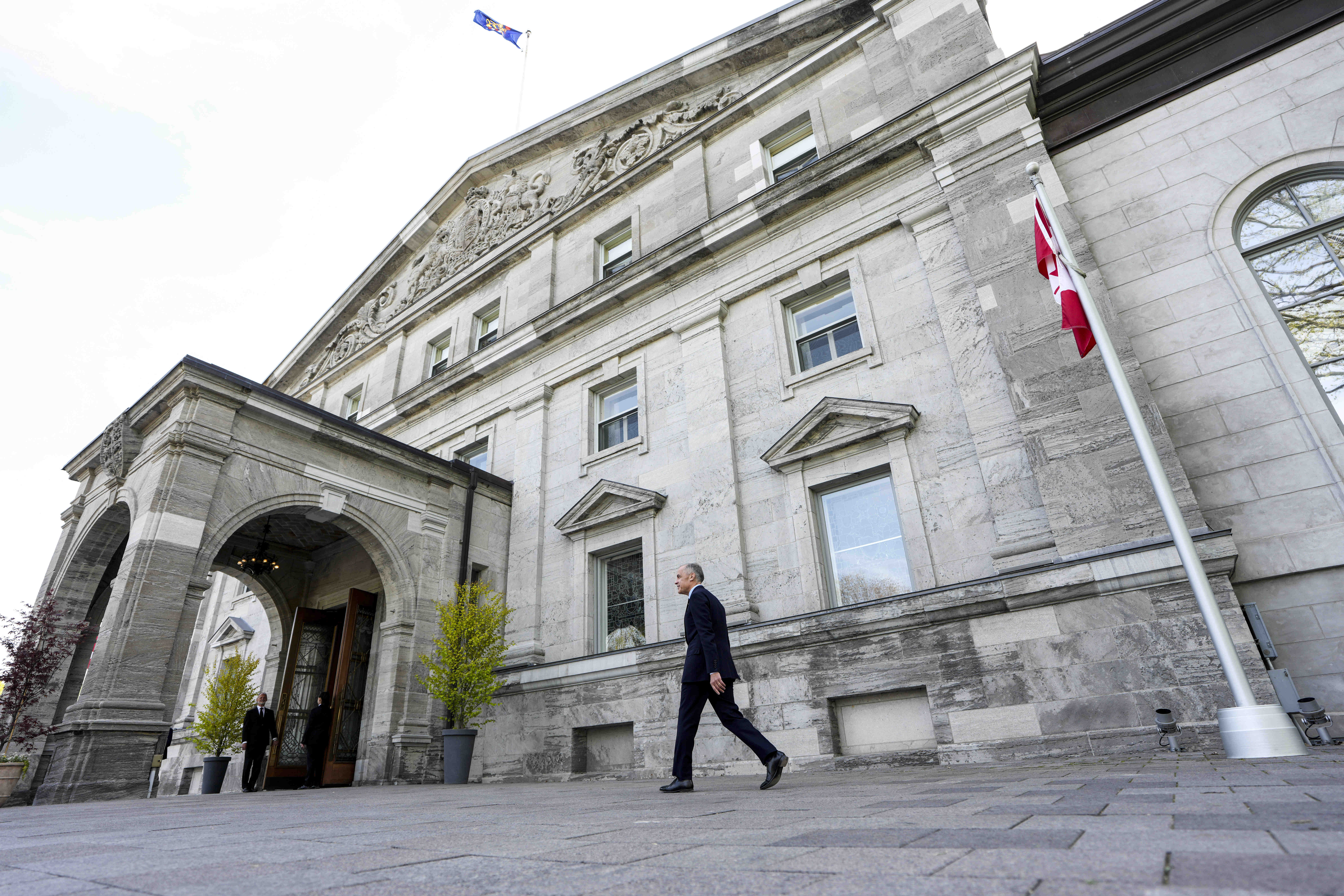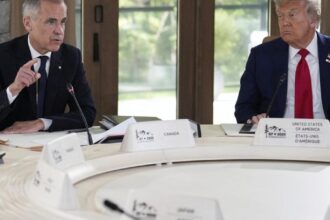In the wake of Mark Carney’s ascension to Canada’s highest political office, the nation’s cleantech sector has wasted no time in making its expectations crystal clear: bold climate action must be more than campaign rhetoric. Industry leaders across renewable energy, sustainable manufacturing, and green innovation are collectively raising their voices, demanding the newly formed cabinet translate environmental promises into concrete policy frameworks.
“The election campaign set a high bar with ambitious climate commitments,” notes Merran Smith, founder of Clean Energy Canada. “Now comes the challenging part—implementing policies that will actually deliver the economic transformation we need while meeting our international climate obligations.”
The timing couldn’t be more critical. Canada’s cleantech industry currently employs over 430,000 workers and contributes approximately $70 billion annually to the national economy according to Clean Energy Canada’s latest economic assessment. Yet industry insiders warn this growth remains vulnerable without stronger government backing to compete with aggressive clean energy incentives in the United States and European Union.
Central to industry concerns is the establishment of a cohesive national industrial strategy that would provide long-term certainty for investors and businesses. The Canadian Renewable Energy Association has specifically called for enhanced tax incentives, streamlined regulatory processes for clean energy projects, and targeted funding mechanisms that would accelerate deployment of technologies from solar and wind to geothermal and green hydrogen.
“Other countries aren’t waiting, and neither should we,” emphasizes Sarah Petrevan, Policy Director at Clean Prosperity. “The global race toward net-zero economies is accelerating, and the nations that move decisively now will secure the economic benefits for generations.”
The Carney cabinet’s response thus far has been measured. Environment Minister Steven Guilbeault acknowledged the industry’s concerns during his first post-appointment press conference, signaling that climate policy would remain “a cornerstone of this government’s mandate.” However, specific commitments beyond existing frameworks remain forthcoming.
For many observers monitoring Canadian politics, the administration’s approach to the energy transition represents a defining challenge. The delicate balance between supporting traditional energy sectors, particularly in Alberta and Saskatchewan, while simultaneously accelerating decarbonization efforts has proven politically treacherous for previous governments.
Financial analysts at TD Bank have projected that Canada’s cleantech sector could triple in size by 2035 under the right policy conditions—potentially creating over 800,000 additional jobs. This growth potential underscores what industry leaders describe as both the economic imperative and opportunity embedded in climate action.
“This isn’t just about meeting climate targets—it’s about economic competitiveness in the 21st century,” argues Katherine Monahan, Executive Director of Sustainable Industries Canada. “Countries that lead the transition will export their technologies and expertise to the world. Those that lag will become importers and face higher transition costs.”
As the cabinet settles into its governance role, the pressure from the cleantech sector reflects broader tensions within the Canadian economy as it navigates the global energy transition. The industry’s message is unambiguous: climate action and economic prosperity are increasingly intertwined, not opposing forces.
What remains to be seen is whether the Carney administration will seize this moment to position Canada as a true global leader in the clean economy, or whether competing pressures will result in more incremental approaches. As climate impacts intensify and international competition for cleantech leadership heats up, can Canada afford anything less than transformative action?























